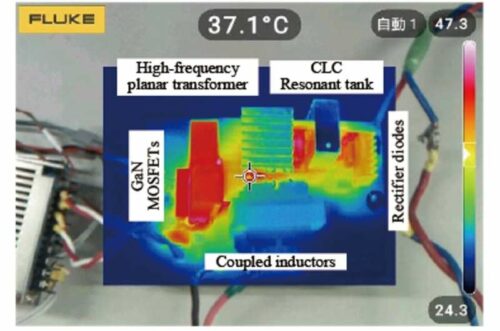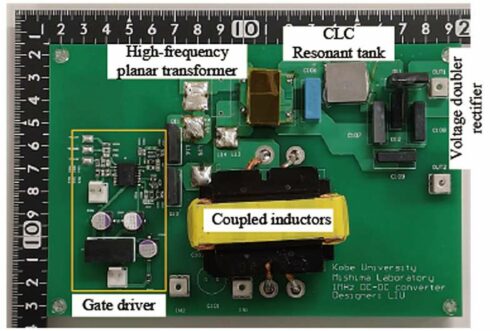- With its compact, cost-effective planar transformer and reduced electromagnetic noise, this development is set to transform applications in renewable energy, healthcare, mobility, and more.
- This development promises a brighter, more efficient future for electrical power conversion.

Boost converters, essential components in devices that harness energy from sunlight, vibrations, or power medical devices and hydrogen-fueled cars, convert low-voltage direct current input into high-voltage direct current output. The new design by Kobe University’s power electronics team focuses on high-frequency switching—about ten times higher than previous designs—coupled with soft switching techniques. Soft switching ensures that switch transitions occur at zero voltage, minimizing heat loss and increasing efficiency.

Researchers have made an advancement in the design of electrical power converters, particularly direct current voltage boost converters. This new design significantly improves efficiency while reducing cost and maintenance, making it crucial for a wide range of applications, including power generation, healthcare, mobility, and information technology. They make use of resonant tank circuits, which store energy during the switching period, leading to much lower losses compared to traditional methods that rely on snubbers—components that provide alternative energy sinks during transition periods.
The team has employed a planar transformer, a compact and efficient component-saving design printed onto a circuit board, which enhances both efficiency and thermal performance. Their prototype has demonstrated good results, achieving an energy efficiency of up to 91.3% with significantly reduced electromagnetic noise. This efficiency is unprecedented for a MHz drive with a high voltage conversion ratio, which is also more than 1.5 times higher than existing designs. They aim to further improve efficiency by reducing power dissipation in magnetic components.
This development holds immense significance for the widespread use of electrical devices in our society, particularly in sectors like renewable energy, transportation, and medical care. The team plan to expand the power capacity of their prototype from a 100W-class to a larger kW-class capacity in the future, by enhancing the electronic circuit board and other components.





